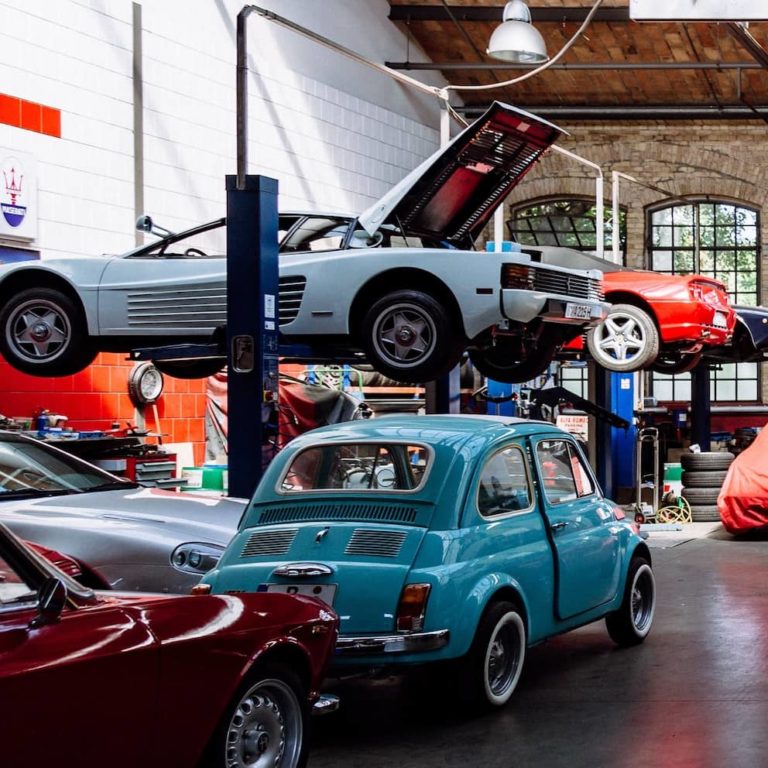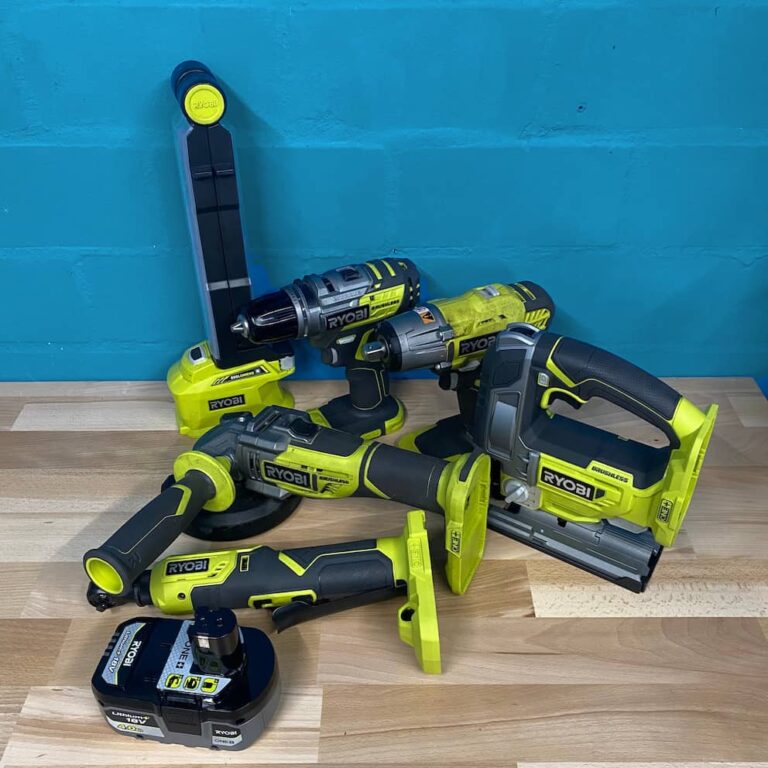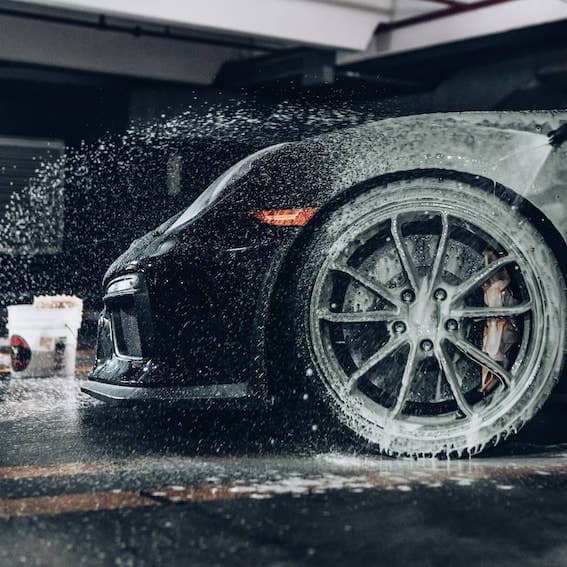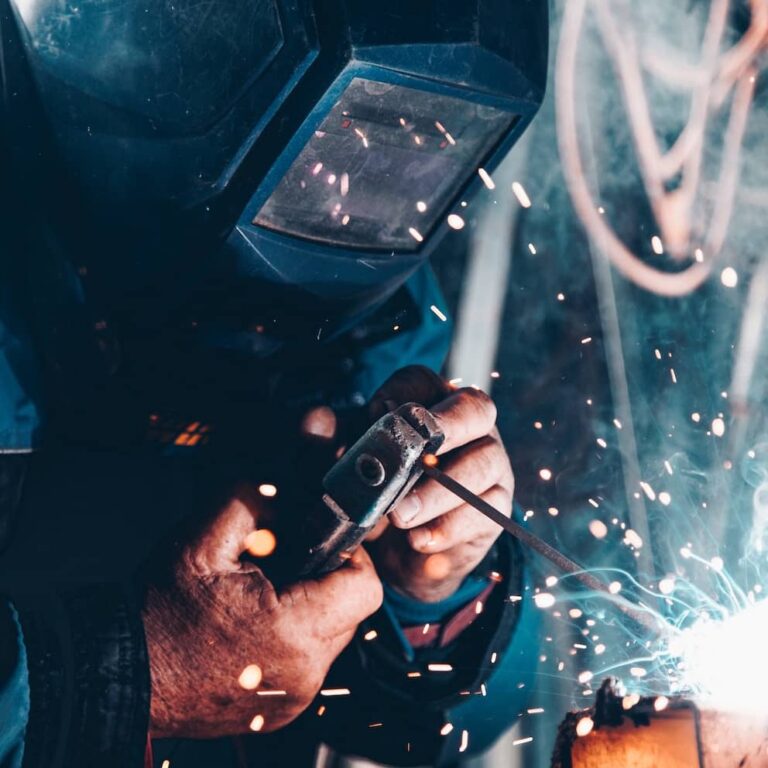How to prevent your carburetor from clogging
Mads van Appeldoorn
March 23, 2023
As Amazon Associate I earn from qualifying purchases. I may receive a small commission at no additional cost to you for purchases made through links in this post.
Using gas stabilizer to prevent gummed up carbs + fuel system
If you experience difficulties starting, stalling out of a sudden, poor acceleration, misfires or rough idle, your fuel system might be clogged. Well, these symptoms can be caused by other issues with the fuel system as well. But consider the fact that if this happens on a vintage car that is not used as daily driver, especially with a carbureted engine and with fuel that has been sitting in the tank for a while, it is most likely that your carburetor or the entire fuel system has been clogged.
Honestly, I’d love to use my vintage cars as daily drivers, but for a number of reasons, I just can’t. Parking somewhere is impossible with the risk of the car being stolen. Fuel efficiency is another factor and sometimes a two-seater without a proper trunk is just not that practical. And since most of the vintage cars are not used as daily drivers, most of the time just seasonally or on occasion, and therefore fuel is sitting in the tank for extended periods, a gummed or even clogged fuel system is not so rare.
Over time, gasoline can degrade and by that become less effective. It can cause starting problems when the car is cold as described, lack of performance, a shaking or vibrating engine, misfires or engine stalls. Vintage cars with carburetors are particularly susceptible to these issues, as they have simpler fuel systems that are more prone to buildup and clogging. Carbureted engines rely on a precise mixture of fuel and air to operate correctly. If the fuel is dirty or contains contaminants, it can cause the carburetor to clog. The presence of air and moisture accelerates the process of fuel breaking down and becoming stale. When fuel is stale, it can cause issues such as gum and varnish buildup in the fuel system, which can lead to a clogged fuel system and hence engine problems.
Plus, modern fuel can be bad
Older cars built for lead-based fuels can’t handle modern unleaded fuels. Without lead, old engines can be damaged and wear out faster. Ignition firing can also be affected, requiring adjustment for different types of fuel. High-octane petrol, which older cars rely on, is no longer widely available. Standard unleaded fuel is mixed with ethanol for environmental reasons, but this fuel can be too corrosive for older cars not built for it.
So how can I prevent my carbs from getting clogged?
You probably guessed it already: with the use of gasoline stabilizer. Most likely one of the most important aspects of maintenance for vintage cars with carburetors.
Gas stabilizer is a chemical additive that is mixed with gasoline to improve its quality and performance. These additives are designed to clean the fuel system, prevent corrosion, and increase fuel efficiency. Again, for vintage cars with carburetors, using a gasoline treatment is crucial to keep the fuel system running smoothly and prevent common issues that arise from old or degraded fuel. Adding gas stabilizer during regular stops for gas to the fuel tank will also help prevent costly repairs down the line plus provides peace of mind for classic car owners. Knowing that the fuel system is clean and the fuel is stabilized can help alleviate concerns about starting problems or poor performance. I add gas stabilizer not only to my vintage cars but also to all other vehicles including modern cars that are not driven frequently, as well as my boat and our RV, both may sit unused for long periods of time, over winter months for example.
Over the years I’ve used several gas stabilizers in different parts of the world. I have also asked friends which products they are using and how. Vintage cars, motorbikes, RVs, boats, motorized chainsaws, quite a long list. Therefore I am able to present a short list of products in order of frequency of use.
My Top 3 – Gasoline stabilizers
A fuel additive like Sea Foam is the easiest means to clean and maintain a carburetor. All you do is add it to your fuel tank a few times a year and you can help keep your jets clear of gunk and blockages.
How to use gas stabilizers
Easy. Just follow the steps and you can’t do anything wrong.
Step 1: Choose the right gasoline stabilizer
There are many different types of gasoline treatments available on the market, so it’s important to choose one that is suitable for your vintage car’s carbureted engine. Read the label carefully and select a treatment that is designed for use in older engines.
Step 2: Determine the correct dosage
The amount of gasoline treatment you need to use will depend on the size of your vintage car’s fuel tank. Check the instructions on the label to determine the correct dosage. In general, most treatments require 1 ounce of product per 1-2 gallons of fuel.
Step 3: Add the treatment to the fuel tank
Once you have determined the correct dosage, add the treatment to your vintage car’s fuel tank before you fill it up with gasoline. This will help ensure that the treatment is thoroughly mixed with the fuel.
Step 4: Fill up the fuel tank
After adding the gasoline stabilizer, fill up your car’s fuel tank with gasoline as usual. This will help ensure that the treatment is evenly distributed throughout the fuel system.
Step 5: Drive the car
After adding the gasoline treatment and filling up the fuel tank, drive your vintage car as you normally would. The treatment will work to clean the fuel system and stabilize the gasoline as you drive.
Step 6: Repeat as necessary
Gasoline treatment is not a one-time fix. It’s important to add treatment to your vintage car’s fuel tank on a regular basis to keep the fuel system clean and prevent issues from old or degraded fuel. Check the label for recommended usage intervals, but a general rule of thumb is to add gasoline treatment every 3-4 months or at every oil change.
FAQs
And yes, I’ve received tons of questions regarding my carb setup, how do I prevent the tiny jets and passages from clogging which can therefore prevent fuel from flowing properly. I would like to list some of the questions here again, because there seems to be some uncertainty about clogged fuel systems and fuel stabilizers.
1. How do I know if my carburetor is clogged? Why does my carburetor keep getting clogged?
Symptoms of a clogged carburetor include rough idling, stalling, and decreased engine performance. The engine may also run rich, causing the exhaust to emit black smoke. Carburetors can get clogged due to a variety of reasons, including dirt and debris in the fuel, stale fuel, or a dirty air filter. These contaminants can build up in the carburetor and clog the system
2. How do you prevent carburetor build up? How to I stop my carbs from gumming up?
To prevent carburetor buildup, it’s important to use clean and fresh fuel, replace the air filter regularly, and add a gasoline treatment to the fuel tank to keep the fuel system clean and avoid letting the car sit for long periods without running it.
3. How do you unclog a carburetor without removing it? Do carburetor cleaners really work?
To unclog a carburetor without removing it, you can try using a carburetor cleaner spray. Simply remove the air filter, spray the cleaner directly into the carburetor, and let it sit for a few minutes before starting the engine. Yes, carburetor cleaners can be effective at removing dirt and debris from carburetors and restoring proper fuel flow.
4. Can WD40 clean a carburetor?
While WD40 can help loosen and remove dirt and debris from a carburetor, it’s not specifically designed as a carburetor cleaner. It’s best to use a dedicated carburetor cleaner for best results.
5. What is the best cleaner for a gummed-up carburetor?
There are many carburetor cleaners available on the market, but some of the best include Berryman’s Chem-Dip Carburetor Cleaner, Sea Foam Motor Tune-Up, and Gunk Carburetor Parts Cleaner.
6. What is the best fuel additive for a gummed-up carburetor?
Some of the best fuel additives for gummed-up carburetors include Sea Foam Motor Tune-Up, Chevron Techron Concentrate Plus, and Royal Purple Max-Clean. These additives help clean the fuel system and prevent future buildup.





